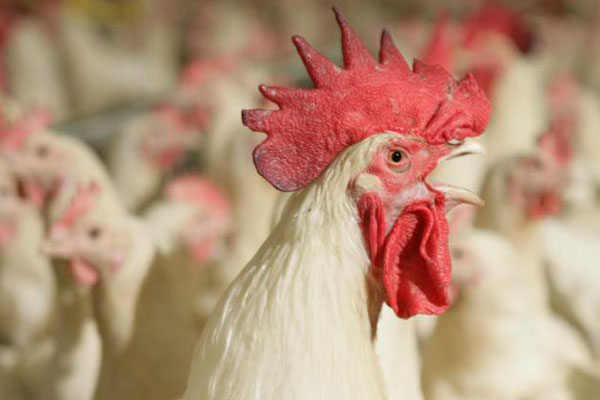Selenium and its benefits for poultry

For the last 20 years there were quite a few achievements in Selenium nutrition of poultry. New insights show that Selenium also have important roles in reproduction. This is one of the conclusions from a review paper, recently published in Animal Feed Science and Technology.
Researchers Peter Surai and Vladimir Fisinin looked at the role and the effect of different Selenium (Se) sources for poultry. Selenium (Se) is shown to be an essential element for poultry nutrition and a great deal of information has been accumulated for the last 20 years indicating that dietary form of Se is a major determinant of its efficiency. Generally speaking, there are two major Se sources for poultry, namely inorganic selenium (mainly selenite or selenate) and organic selenium in the form of Selenomethionine (SeMet; mainly as Se-yeast or SeMet preparations).
Semen quality
In the researcher’s review it was concluded that Se dietary supplementation is an essential part of maintaining high semen quality. Since organic Se is more efficiently transferred to the reproductive organs and semen it has additional benefit on male reproduction especially in various stress conditions. The importance of Se nutrition of poultry males is related to the high proportion of polyunsaturated fatty acids (PUFAs) in avian semen and its susceptibility to lipid peroxidation. In particular, it has been shown that during sperm storage, lipid peroxidation is associated with a significant decrease in PUFA concentration in spermatozoa.
Antioxidant system
In addition, Se status of the eggs from breeding birds is of great importance for the maintenance of the antioxidant system of the developing embryo. It is generally accepted that the hatching process is an oxidative stress and improvement in antioxidant defences of the embryo can increase hatchability. “It is quite clear that the roles of Se in poultry nutrition and reproduction need new consideration in light of our recent knowledge on the molecular mechanisms of Se action at the cellular and sub-cellular levels. In particular, the discovery and characterisation of a range of new seleno-proteins and a better understanding of the relationships between different antioxidants, as important parts of integrated antioxidant system with possibilities for antioxidant recycling in vivo, have yielded new insights in this area”, according to the authors.
Selenium reserves
The article also addresses that increased levels of Se supplementation are not always beneficial, since seleno-protein synthesis is under the gene control and it reflects the need in these active molecules to deal with various stresses.However, to give a body a chance to affectively respond to environmental challenges by modulating seleno- protein synthesis there should be enough Se reserves available and this an ability of building Se reserves in the body is considered to be the main point in advantages of organic selenium in poultry and farm animal nutrition. A comprehensive analysis of the effects of various forms of dietary Se on its egg concentration, its transfer to the embryonic tissues and physiological consequences of the improved Se status of the progeny chicks are considered.











